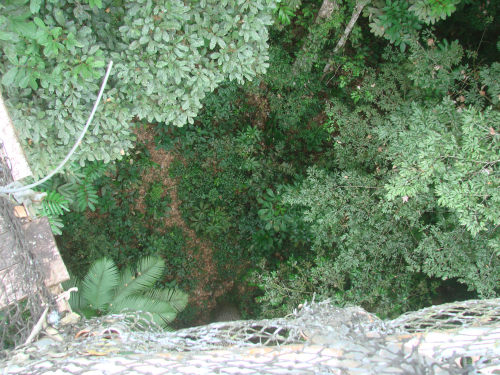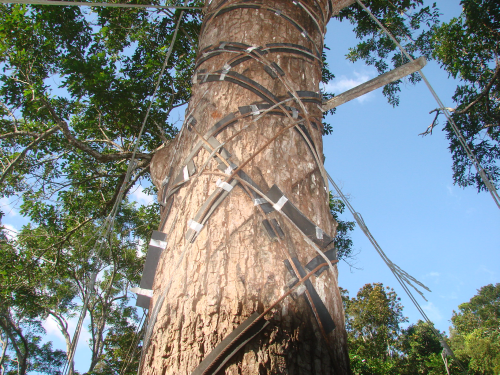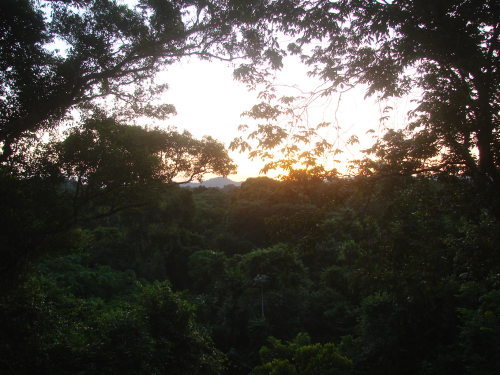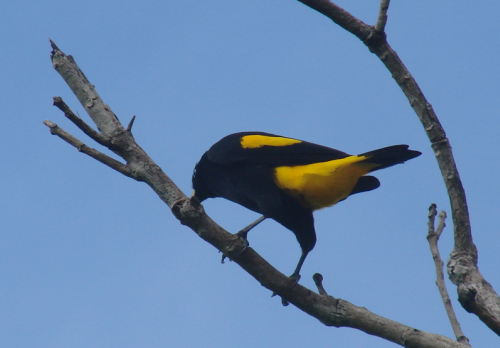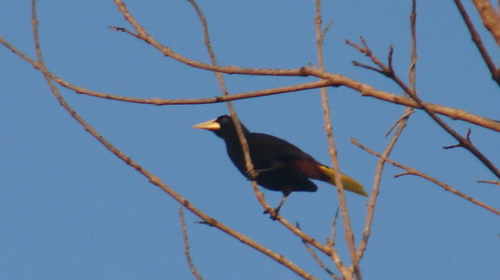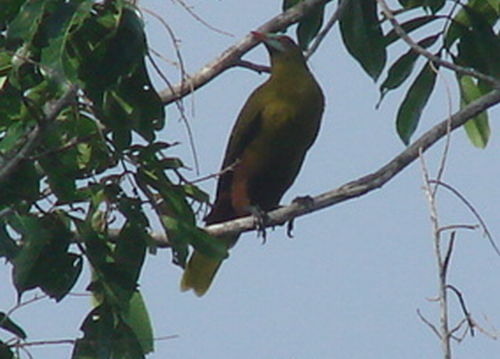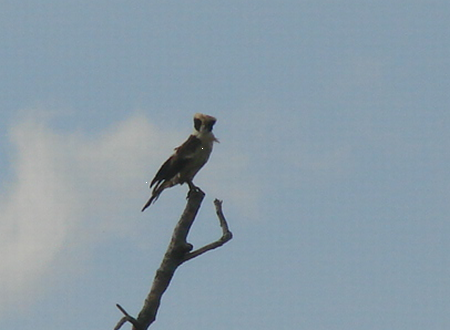From Rufous Crab-Hawks to Bat Falcons, Guyana’s raptors were startlingly conspicuous on my November visit. For some species, such as Black-collared Hawk or Snail Kite, we didn’t even have to leave Georgetown. Snail Kites were particularly abundant in the Botanical Gardens, dozens of them perched in the trees above the creek and ponds.
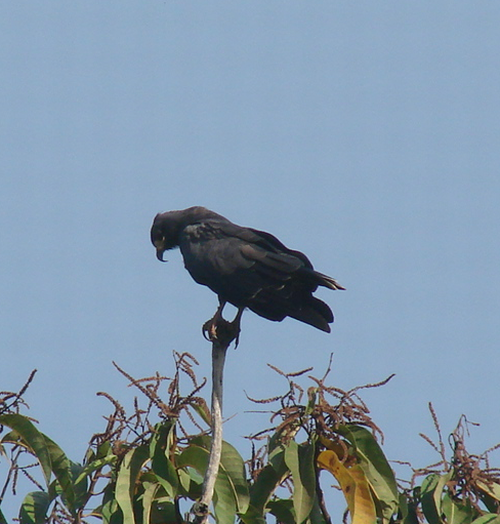
Still one of the rarest birds in the ABA Area, Snail Kites are apparently doing well in the heart of their tropical range, and recent records from south Texas and west Mexico give hope that one day, someday, here in Arizona….
According to historical rumor, King Vultures also used to occur in Florida; not much hope of their ever returning, though, as they have declined dramatically in the northern parts of their range. Though they remain apparently common in Guyana, with multiple individuals seen nearly every day of the trip this month, every sighting was a delight.
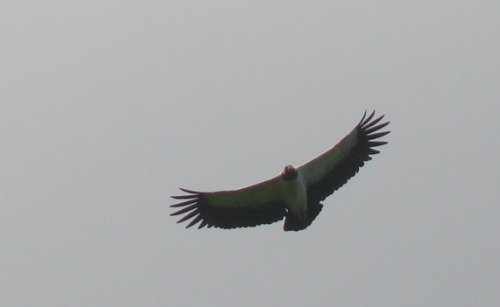
We made several short interior journeys by plane, and a couple of times we saw King Vultures soaring below us against the background of nearly unbroken forest.
Ever since I first saw its picture in Peterson and Chalif, decades ago, I had wanted to see White Hawk.
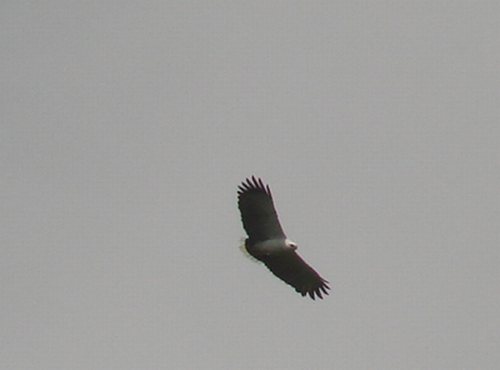
We encountered several over the forests near Iwokrama, and I found that the paintings don’t do this bird anything like justice. The birds we saw were all, as expected, of the nominate race albicollis, with a dramatically dark tail tipped white.
White hawks were far outnumbered by black ones, though, namely Great Black-Hawks. This bird was everywhere in wet habitats, and Guyana has plenty of wet habitats! We enjoyed repeated excellent views of adults, immatures, and juveniles, perched and in flight. This was a particularly brash juvenile, barely concerned as our boat passed beneath.
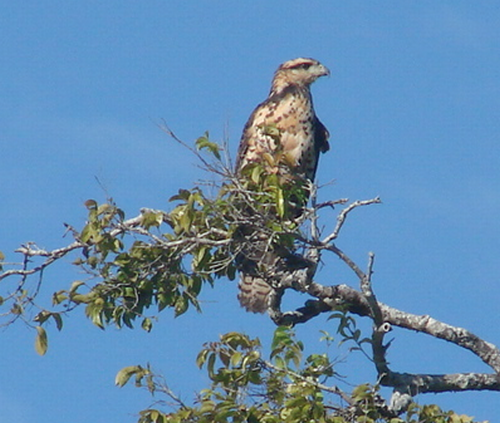
The photo is a little blurry, but I like the fact that the tail length is so obvious.



